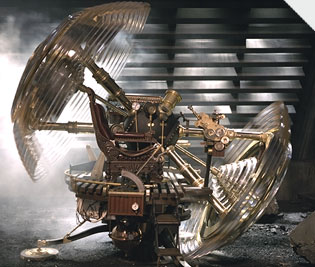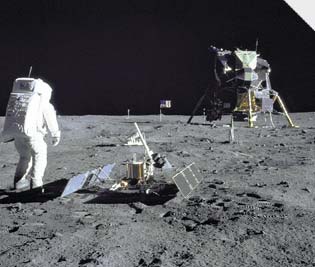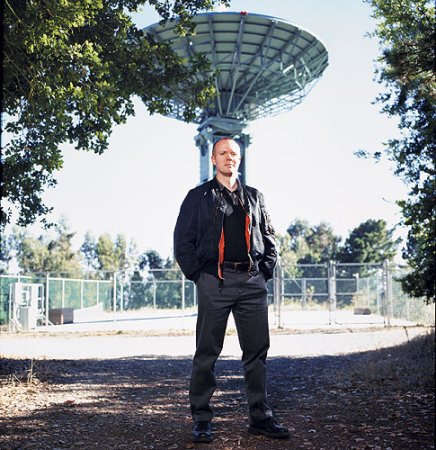

All you need to know about the universe in just 216 pages — talk about efficiency.
Leave it to Stephen Hawking, the University of Cambridge physicist who came into national prominence with his 1988 book A Brief History of Time. In his lavishly illustrated sequel, The Universe in a Nutshell ($35, Bantam Books), Hawking tackles the pesky “theory of everything.” He explains how information might be pulled out of black holes, and weighs in on whether the future of humanity will be anything like how it’s depicted on “Star Trek” (on which he once guest-starred).
But the heart of the book delves into something called M-theory, which scientists hope will someday explain all the physics in the universe. Unfortunately, no one — not even Hawking — truly knows how M-theory works, but some of the implications are mind-blowing: Everything we see and know, Hawking writes, might just be the shadow of a five-dimensional world that exists inside our universe. Okeydoke.
One has to appreciate Hawking’s breezy style in dealing with such heady topics, but in several places the discussion feels sloppy. He also fails to flesh out his most complicated theories. Hawking is clearly having fun, but he forgets to check whether the rest of us are keeping up.






